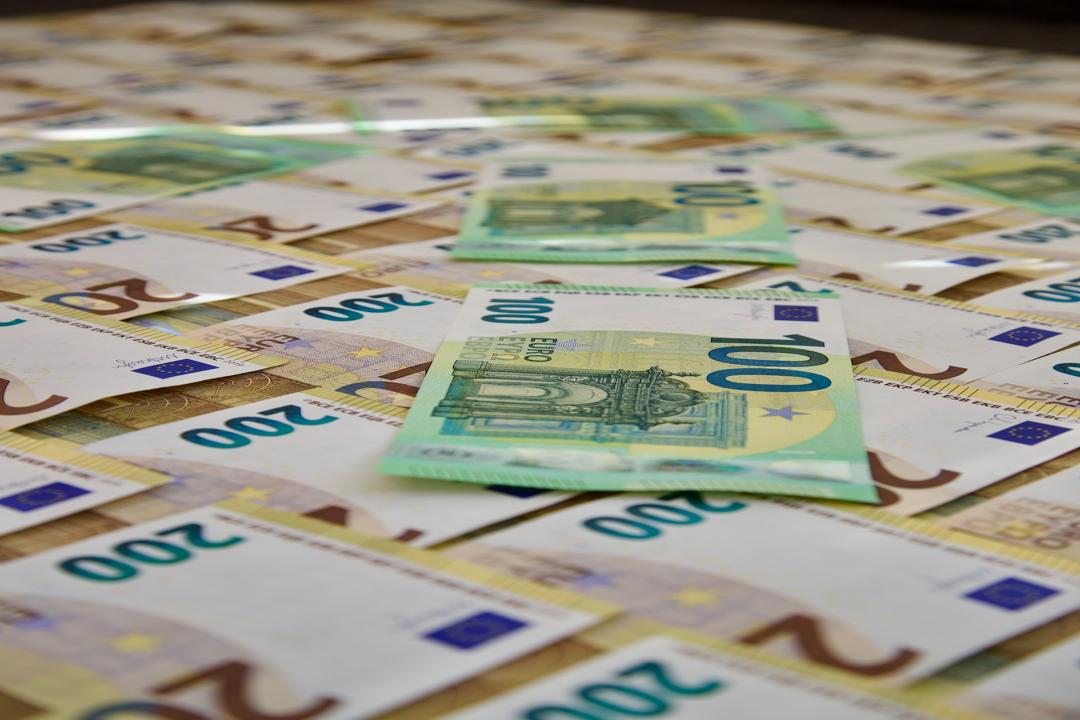A traditional treasure hunt is a game where players search for hidden objects using hints or a map. These objects are usually physical items like coins or toys. The game is typically played outdoors and requires both physical effort and problem-solving skills.
However, as blockchain technology becomes more widely adopted and people become interested in exploring new ways to use it, blockchain treasure hunts are gaining popularity. These treasure hunts use the security and transparency of blockchain technology to create a new type of game that can be played anywhere in the world. Players can be rewarded with cryptocurrencies or nonfungible tokens (NFTs).
An NFT treasure hunt is a unique and entertaining way for individuals and organizations to distribute digital assets and generate excitement about their brand or project. Players must solve puzzles or follow clues to find hidden treasures, similar to traditional treasure hunts. For example, Decentraland has organized NFT treasure hunts to engage nonfungible token enthusiasts.
During an NFT treasure hunt, players are given various tasks or clues to complete, both online and offline. Deciphering these clues requires intelligence, creativity, and problem-solving abilities. As players progress, they may earn smaller rewards or gain access to exclusive content or events.
The ultimate goal of an NFT treasure hunt is to collect rare, limited edition, or one-of-a-kind nonfungible tokens. These tokens can represent anything from virtual real estate to video games, music, or art. Treasure hunts are an exciting way to engage and incentivize users in the expanding NFT ecosystem and can be used for fundraising events, marketing campaigns, and community building projects.
Using cryptocurrency treasure hunt games for marketing purposes can be a creative and engaging strategy to promote a product or service. These games help businesses raise awareness, increase audience engagement, and ultimately generate revenue. One of the key benefits is that they provide participants with a unique and memorable experience, fostering brand loyalty and trust.
Cryptocurrency treasure hunt games also allow businesses to connect with a tech-savvy audience and expand their reach and visibility. By creating entertaining and challenging games with rewarding outcomes, businesses can attract new customers and establish a positive association between their brand and the game.
To create an NFT scavenger hunt, players must solve riddles and hints to find hidden NFTs. The process involves minting unique NFTs, hiding them in different locations, and providing clues to participants. The general steps for creating an NFT scavenger hunt include creating the NFTs, planning the hunt, determining the rules, launching the hunt, monitoring participants’ progress, and rewarding the winners.
An example of using a blockchain-based treasure hunt game as an NFT marketing strategy is when an organization that creates digital art wants to raise the profile and value of its NFTs. They can start a treasure hunt where players solve puzzles related to the company’s artwork. The game is challenging, with hints scattered across the internet, and players must possess one of the company’s NFTs to participate.
Players receive clues after purchasing an NFT, leading them to specific pieces of digital art. They must scan QR codes to unlock the next clue, which can be found on the company’s social media accounts. By completing challenges and participating in virtual events, players can win rewards like additional NFTs or personal encounters with the company’s artists. This creates an engaging experience that promotes the brand and educates the audience about the value of NFTs.
While traditional treasure hunts and NFT treasure hunts share the goal of providing an engaging and rewarding experience, NFT treasure hunts offer unique advantages in terms of accessibility, scalability, and verifiability. They can reach a global audience, scale easily, and provide a transparent record of ownership through blockchain technology.
However, it’s important to be aware of the risks associated with NFT treasure hunts. Some hunts may turn out to be fraudulent or scams, so participants should exercise caution. Technical issues and cryptocurrency price volatility can also impact the value of rewards. Participants should follow applicable rules and regulations and take necessary safety measures to protect themselves.
In conclusion, blockchain treasure hunts are an innovative and popular way to engage users and distribute digital assets. They offer unique advantages and can be used for marketing purposes. By creating entertaining and challenging games, businesses can promote their brand and educate their audience about the value of NFTs. However, participants should be aware of the risks and take necessary precautions.

